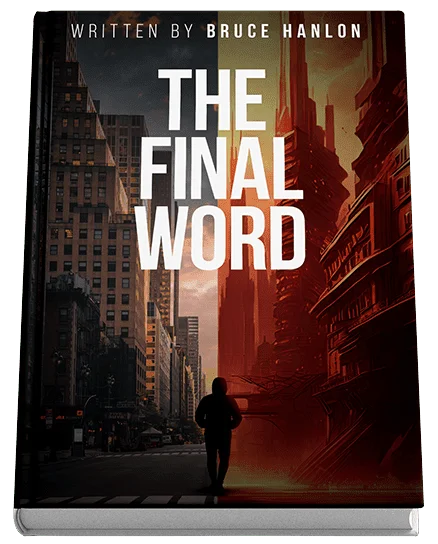High-stakes drama is the lifeblood of compelling fiction. It keeps readers glued to the page, eagerly turning to see what happens next. Crafting high-stakes drama involves creating tension, raising the stakes, and ensuring that your characters face significant challenges.
In this article, we’ll explore techniques to help you master the art of high-stakes drama in your writing.
Understanding High Stakes Drama
High-stakes drama revolves around conflict and the potential for significant consequences. It involves putting your characters in situations where they must make critical decisions, often with little time and under immense pressure.
The higher the stakes, the more invested readers become in the outcome.
Techniques for Crafting High-Stakes Drama
Establish Clear Stakes
To create high-stakes drama, you need to establish what your characters stand to lose. Whether it’s their lives, their loved ones, their reputation, or their dreams, the stakes must be clear and significant.
Make sure your readers understand what’s at risk from the outset.
Develop Relatable Characters
Readers need to care about your characters to feel the impact of high-stakes drama. Develop well-rounded, relatable characters with clear motivations and desires.
The more readers empathize with your characters, the more invested they’ll be in the outcome of the story.
Build Tension Gradually
High-stakes drama often involves a gradual build-up of tension. Start with smaller conflicts and gradually escalate the stakes as the story progresses.
This approach keeps readers engaged and creates a sense of anticipation as they await the next twist or turn.
Use Cliffhangers
Cliffhangers are a powerful tool for maintaining high stakes drama. Ending chapters or scenes with unresolved conflicts or unanswered questions compels readers to keep reading.
Use cliffhangers judiciously to heighten suspense and keep readers on the edge of their seats.
Create Complex Antagonists
A compelling antagonist can significantly raise the stakes in your story. Develop complex antagonists with their own motivations and desires.
The more formidable the antagonist, the more challenging the conflict, and the higher the stakes for your protagonist.
Incorporate Twists and Turns
Unexpected plot twists can elevate high-stakes drama by introducing new challenges and uncertainties. Keep your readers guessing by incorporating twists that change the direction of the story. Ensure that these twists are believable and well-foreshadowed.
Keep the Pace Tight
A tight pace is crucial for maintaining high-stakes drama. Avoid unnecessary scenes or filler content that slows down the narrative.
Keep the story moving forward with a sense of urgency and momentum.
Example from “The Final Word” by Bruce Hanlon
In Bruce Hanlon‘s “The Final Word, high-stakes drama is masterfully woven into the narrative. When a naval frigate mysteriously crashes into a suburban neighborhood, the community is thrown into chaos.
The authorities’ desperate search for answers and the residents’ struggle to survive amidst the wreckage create an intense atmosphere of tension and uncertainty. Hanlon’s ability to escalate the stakes and keep readers guessing makes “The Final Word” a thrilling read.

Order Your Copy of “The Final Word” Today!
Crafting high-stakes drama requires careful planning, a deep understanding of your characters, and a commitment to keeping the tension high. By incorporating these techniques, you can create stories that captivate readers and leave them eagerly anticipating each new chapter.
Ready to experience high-stakes drama in action? Order your copy of “The Final Word” by Bruce Hanlon today and immerse yourself in a story filled with tension, twists, and unforgettable moments.
